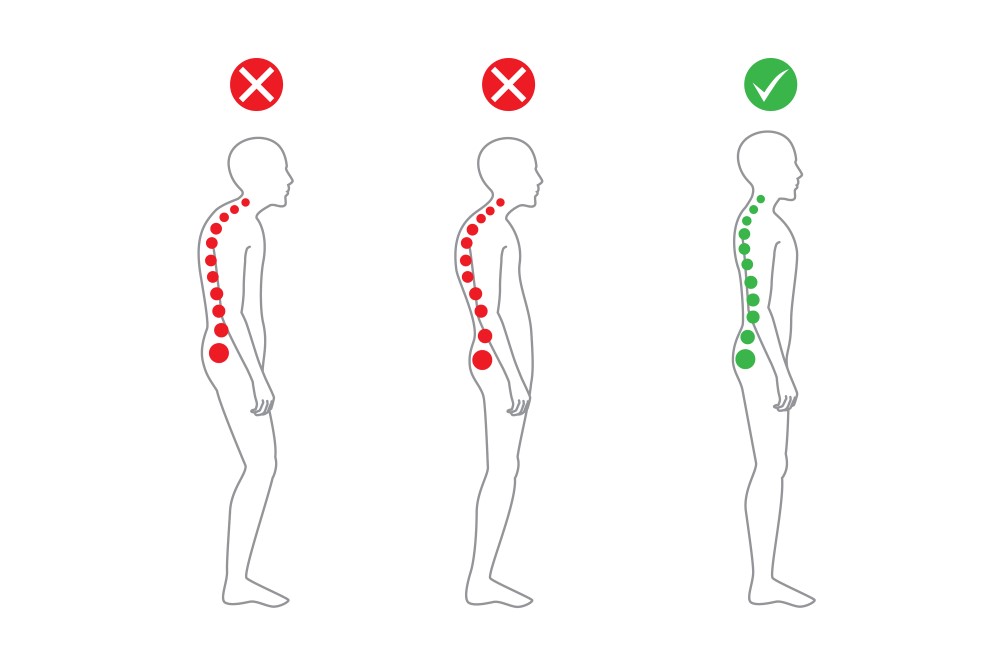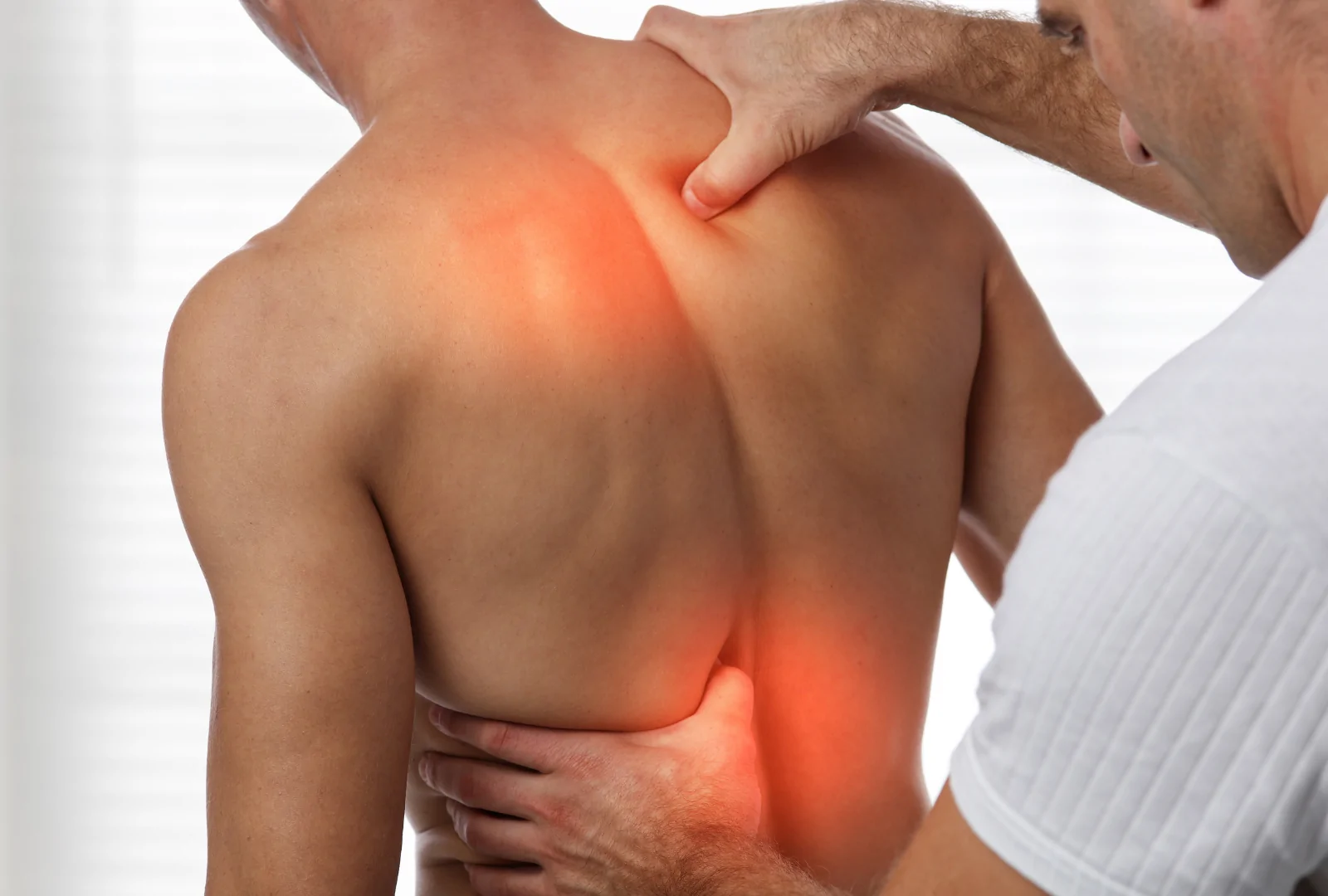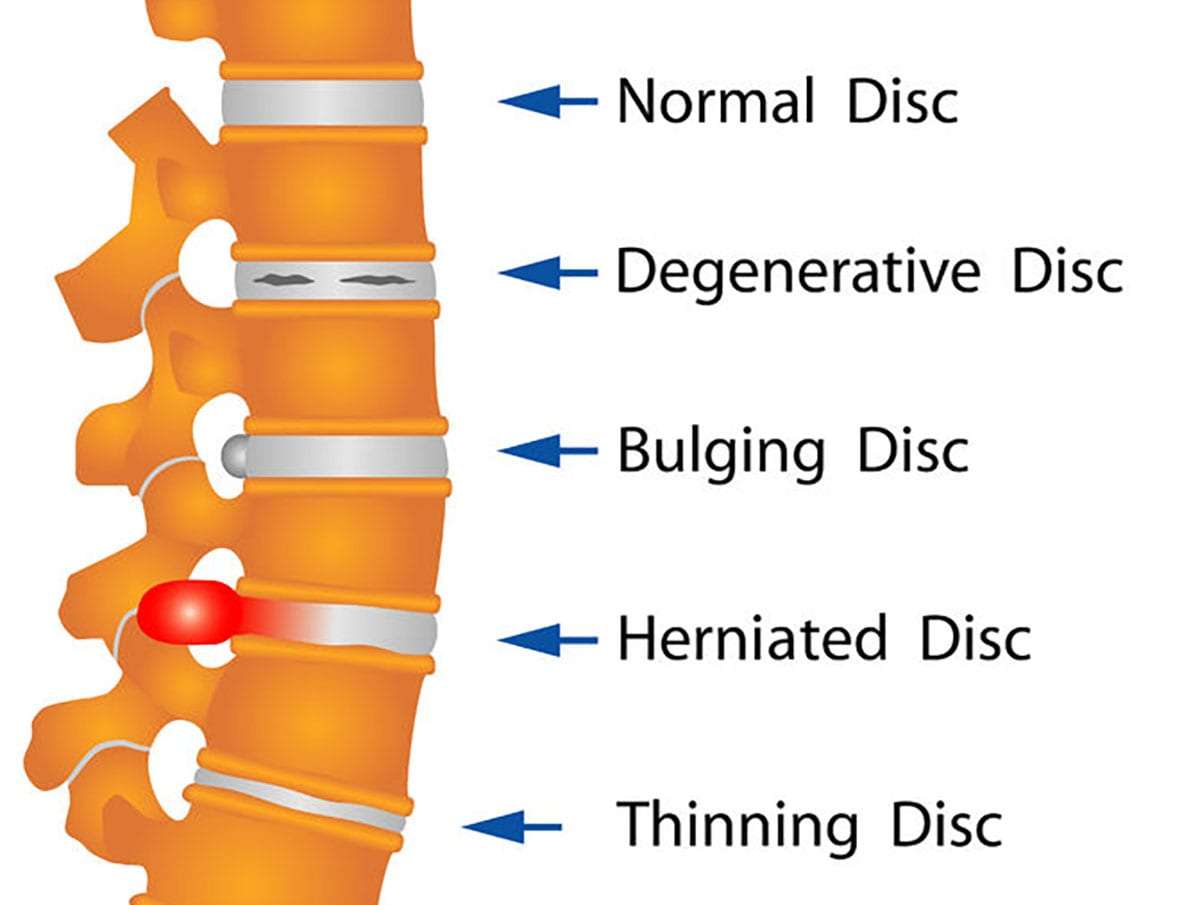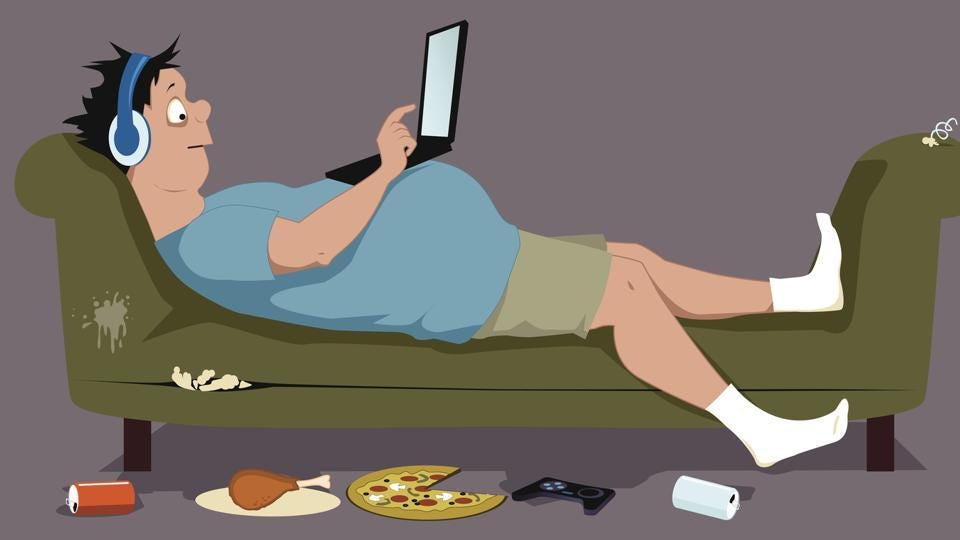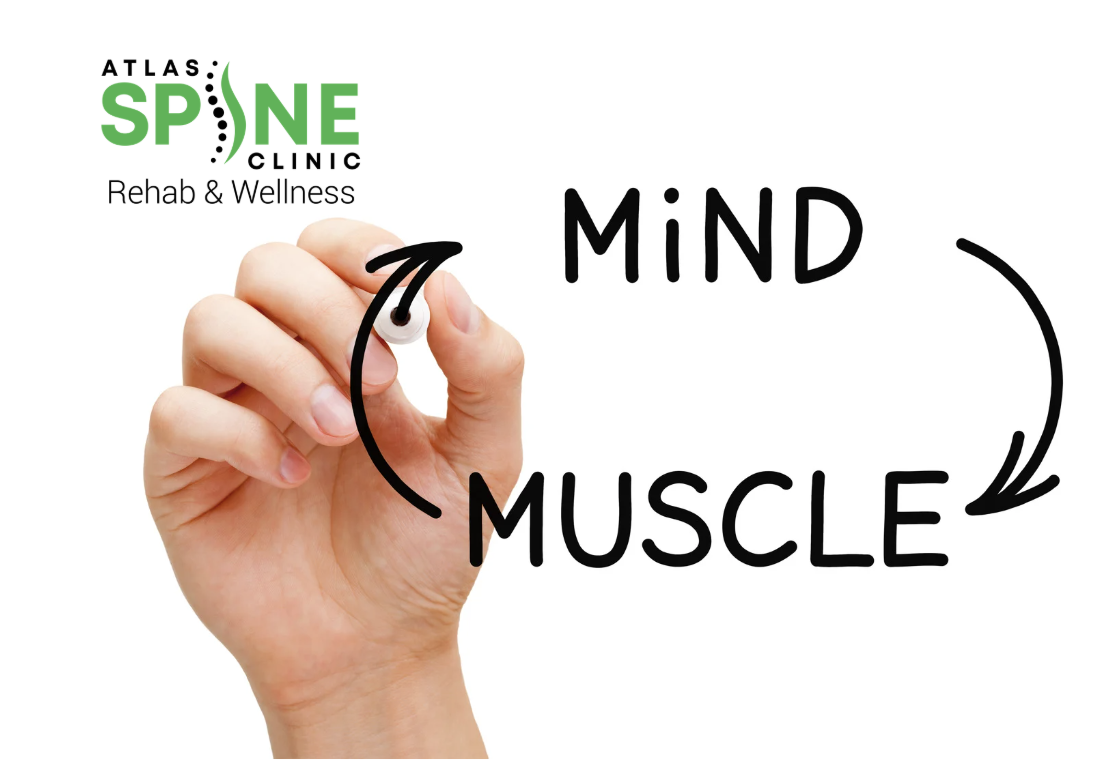Back pain isn’t just uncomfortable—it can slow you down and stop you from enjoying the things you love. Whether it’s a sharp twinge after lifting something heavy or an ache that creeps in after a long day, back pain is your body’s way of telling you something needs attention.
In this blog, we’ll uncover the 5 most common back pain causes and share practical tips to help you find relief. There are no complicated solutions, just straightforward advice to help you feel better and stay active. Let’s get started on your journey to a healthier back!
Importance of Identifying the Root Cause for Effective Treatment
Back pain isn’t a one-size-fits-all problem. Recent studies show that 80% of adult experience back pain at some point in their lives, making it one of the leading causes of disability worldwide.
Without identifying the root cause, back pain treatment becomes a guessing game, often leading to temporary relief instead of a lasting solution. Understanding what’s causing the pain—whether it’s a muscle strain, a herniated disc, or poor posture—is essential for effective and long-term treatment.
Why Identifying the Root Cause Matters:
- Targeted Treatment: Knowing the specific cause allows for tailored therapies that directly address the problem.
- Faster Recovery: Accurate diagnosis ensures the right treatment plan, speeding up recovery time.
- Prevention: Identifying the cause helps you take proactive steps to avoid future pain or injuries.
Disadvantages of Not Identifying the Root Cause:
- Chronic Pain: Treating only the symptoms without addressing the cause can lead to persistent discomfort.
- Condition Worsening: Misdiagnosis or neglect can allow the issue to progress, resulting in more severe pain or complications.
- Wasted Time and Money: Using ineffective treatments without understanding the problem can lead to unnecessary expenses and delays.
- Increased Risk of Injury: Ignoring the root cause might worsen the condition, putting other areas of the body at risk.
- Reduced Quality of Life: Persistent pain impacts mobility, sleep, and overall well-being, limiting your ability to enjoy daily activities.
5 Common Causes of Back Pain and How to Address Them
Here are the five most common causes of back pain and practical ways to address them:
1. Poor Posture
Poor posture occurs when your body is not aligned correctly during activities like sitting, standing, or working. Over time, slouching or hunching forward puts strain on your back muscles and spine, leading to discomfort and pain. It’s especially common in people who spend long hours at desks or on devices, often referred to as “tech neck” or “desk slump.
How to Address:
- Practice proper posture by sitting with your back straight and shoulders relaxed.
- Use an ergonomic chair that supports your lower back and promotes spinal alignment.
- Take frequent breaks to stretch and adjust your posture, especially during prolonged sitting.
2. Muscle Strains and Sprains
Strains occur when muscles are overstretched, while sprains involve ligament injuries. These are often caused by lifting heavy objects incorrectly, sudden twisting motions, or overexertion during physical activities. They can lead to sharp pain, muscle stiffness, and limited movement.
How to Address:
- Rest and avoid activities that worsen the pain to allow healing.
- Use ice packs to reduce swelling in the first 48 hours, followed by heat to relax tight muscles.
- Engage in physical therapy or gentle stretching to restore strength and prevent future injuries.
3. Herniated or Bulging Discs
The spine is cushioned by discs that act as shock absorbers. When these discs become damaged or bulge out of place, they can press on nearby nerves, leading to pain, numbness, or tingling. Herniated discs are often caused by age-related wear and tear, improper lifting, or sudden trauma.
How to Address:
- Consult a chiropractor or physiotherapist for spinal adjustments and targeted therapy.
- Maintain a healthy weight to reduce pressure on the spine.
- In severe cases, seek medical advice for treatments like epidural injections or minimally invasive surgery.
4. Sedentary Lifestyle
Sitting for long periods weakens your back muscles and reduces flexibility, making your spine less stable. A sedentary lifestyle can also lead to weight gain, which increases strain on your lower back. Over time, this lack of movement can result in stiffness, discomfort, and chronic back pain.
How to Address:
- Incorporate regular exercise for back pain, such as walking, yoga, or low-impact strength training.
- Use a standing desk or take short breaks every hour to stand, stretch, and move around.
- Focus on building core strength to support your back and improve overall posture.
5. Underlying Medical Conditions
Chronic health issues like arthritis, osteoporosis, or scoliosis can lead to back pain. Arthritis can cause inflammation and stiffness in the spine, while osteoporosis weakens bones, increasing the risk of fractures. Scoliosis, a curvature of the spine, can also result in uneven stress on the back.
How to Address:
- Work with a healthcare provider to identify and manage the specific condition.
- Follow prescribed treatments, such as anti-inflammatory medications, physical therapy, or lifestyle changes.
- Maintain a diet rich in calcium and vitamin D to support bone health and consider weight-bearing exercises to strengthen your spine.
Proactive steps to address pain and maintain a healthy spine
Here are some practical steps to keep your spine in top shape:
1. Practice Good Posture Daily
- Always sit and stand with your back straight, shoulders relaxed, and feet flat on the floor.
- Use ergonomic furniture, such as chairs with lumbar support, especially if you spend long hours at a desk.
- Adjust screens to eye level to avoid neck strain.
2. Stay Physically Active
- Engage in regular low-impact exercises like walking, swimming, or yoga to strengthen your core and improve flexibility.
- Include strength training to build back and abdominal muscles for better spinal support.
- Stretch daily to reduce stiffness and maintain spinal mobility.
3. Lift Objects Safely
- Bend at your knees, not your waist, and use your leg muscles to lift heavy objects.
- Keep the object close to your body and avoid twisting your spine while lifting.
- When in doubt, ask for help to avoid unnecessary strain.
4. Maintain a Healthy Weight
- Excess body weight puts added stress on your lower back, increasing the risk of pain and injuries.
- Follow a balanced diet rich in fruits, vegetables, lean proteins, and whole grains to maintain a healthy weight.
- Stay hydrated to keep your spinal discs lubricated and functioning properly.
5. Invest in a Supportive Sleeping Environment
- Sleep on a mattress that provides adequate support for your spine, neither too soft nor too firm.
- Use a pillow that keeps your neck aligned with your spine, especially if you sleep on your side.
- Avoid sleeping on your stomach, as it can strain your neck and lower back.
6. Take Regular Breaks
- Avoid prolonged sitting by standing up and stretching every 30 to 60 minutes.
- Incorporate simple stretches like touching your toes or twisting gently to relieve tension.
- Use a standing desk or alternate between sitting and standing while working.
7. Seek Professional Help
- Don’t ignore persistent back pain. Consult a chiropractor, physiotherapist, or healthcare provider for a proper diagnosis and treatment plan.
- Regular spinal check-ups can identify potential issues before they worsen.
- Complementary therapies like massage or acupuncture can also help relieve tension and improve spine health.
8. Manage Stress
- High stress can lead to muscle tension and back pain. Practice relaxation techniques like meditation, deep breathing, or gentle yoga to reduce stress.
- Prioritize quality sleep, as proper rest is essential for muscle recovery and spinal health.
Wrapping Up
Back pain doesn’t have to control your life. Understanding the causes of back pain and making small changes like improving posture, staying active, and getting professional care can bring relief and prevent future problems.
Your spine is key to your health. With consistent care, you can enjoy a pain-free, active life. If pain continues, consult a professional for help. Start today to take control and feel your best!


